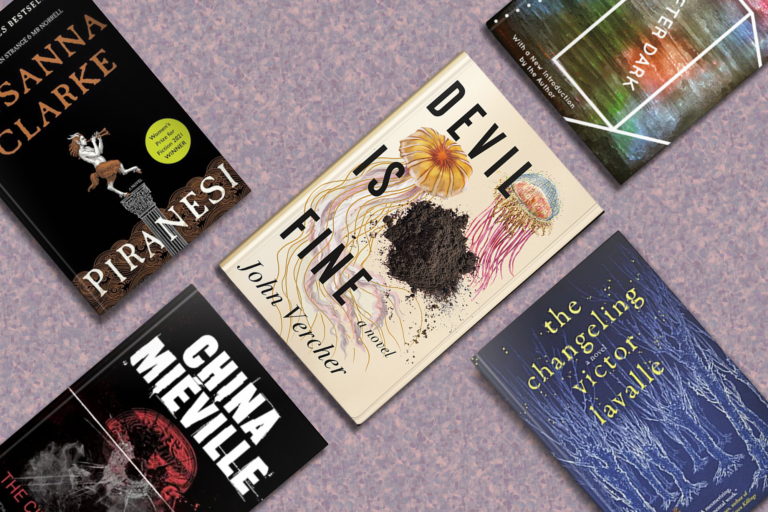While I blushed at the naked frustration of her question, more anguishing was the vagueness of the responses from the editors on the panel, which amounted to “something that jumps out and grabs us.” Well, great, I thought, but how am I going to know when I’ve written something that will do that?
Not long after, I was invited to become a reader for the literary magazine in the university town where I lived—and for the last three years I have been its online fiction editor. That’s right--I’m now the awful person rejecting submissions. But wait! I’m still (and more frequently) that submitting writer fretting over having my work rejected.
That’s the first thing I want you to know: we don’t love sending rejections. Each one is a tiny punch in our own hearts. But we are also facing a mountain of submissions that never seems to shrink, and many of us are doing it for free in addition to our jobs. To make it through our assigned reading, we have to be ruthless—but here are some tips that will help your submission’s chances of survival.
1. Get professional with your cover letter. This means short and to the point: if you have or are pursuing a degree and where; where you have been published before; where you live and what you do for a living is also fine. Long letters full of cute, personal information scream “amateur,” and you don’t want to give us any reason to assume the work will be just as amateur. Also, Google the publication’s masthead and try to include the correct editor’s name in the salutation—it lets us know you specifically thought of our publication and aren’t just blindly spraying the field. Oh, and don’t fear writing “this will be my first publication.” Some of the best submissions have been writers’ first-time publications!
2. Read submissions guidelines carefully. Every publication differs, and if it’s for a contest, they often require you to submit with no identifying info—at a lot of lit mags, ignoring the guidelines (word count, font size, etc.) is an automatic rejection. And most everyone wants page numbers and the name of the work on every page unless their guidelines specify otherwise.
Read more: The 5 Best Places to Submit Your Short Stories
3. Read previous issues of the magazine to which you’re submitting. This is critical. You’ll get a better idea of the editors’ tastes and can set standards for your own work, as well. I’m still amazed when I open a submission to our literary magazine to find the first few sentences putting us on a starblaster in an alien galaxy. Submit genre work to genre magazines; there are plenty of them.
4. Ask yourself why we should read the second sentence. If the answer is “because it gets really good” later, we probably won’t make it that far. Put power in the first sentence, some mystery; an odd or urgent (or odd and urgent) image or voice. The hint of a problem. It does not need to be Earth-shattering, just interesting enough to get us to the next sentence. And the next. Read the first few lines of Best American Short Story (or Essay, etc.) winners and see what they all have in common. It’s usually tension of some kinds.
5. Spell check, grammar check, and send it to your friends before submitting. While we won’t reject a great story just because it has misspellings or iffy grammar here or there, we often do stop reading a piece if it appears the writer doesn’t possess a pro-level command of the written word. You’ll keep us reading much further if we think you know what you’re doing. We may even suspend some doubts about whether or not we immediately loved your story and read it a second time to decide, or send it to another editor on staff. These usually result in a soft rejection—you know, “this wasn’t for us, but please feel free to send something else”—which we mean as encouragement to keep going.




